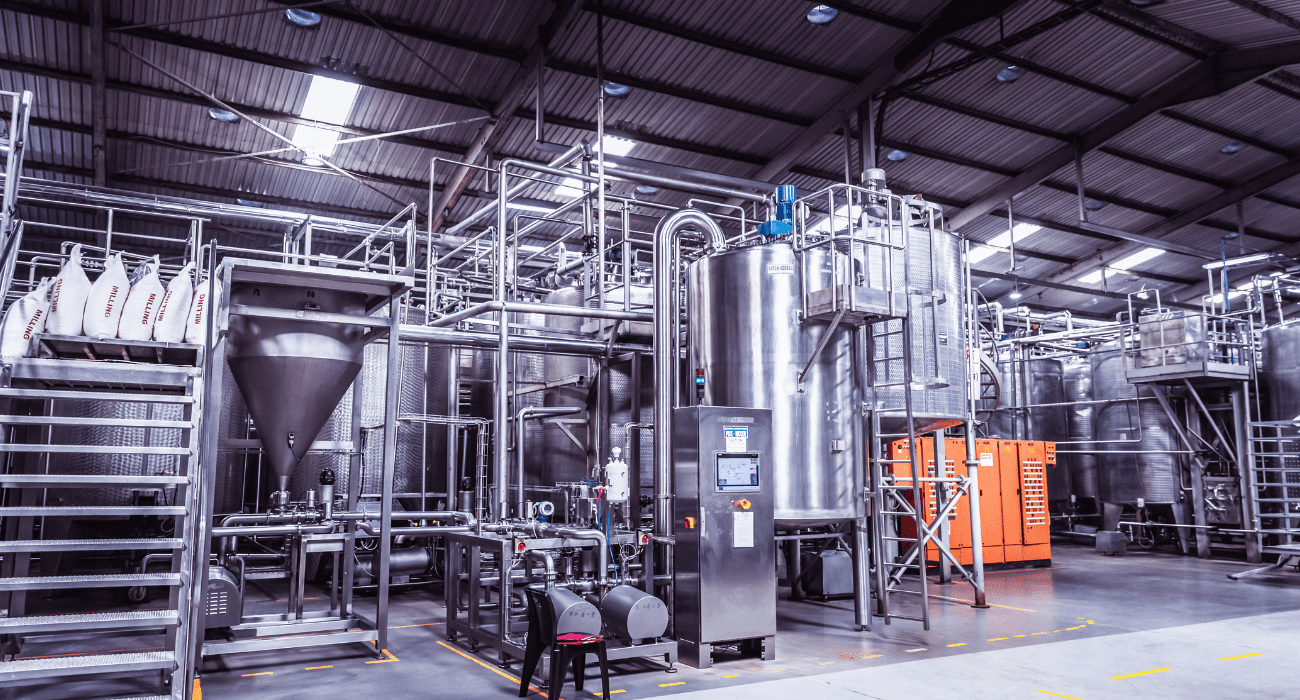
In industrial manufacturing, the only constant is change. Market demands fluctuate, new products emerge, and regulations shift , all of which means your facility must be prepared to adapt quickly. This is precisely where plant scalability becomes more than just a buzzword; it's a vital strategy for long-term success.
So, what is true plant scalability? It’s the ability to expand your operations, increase throughput, and adopt new technologies without undertaking costly, disruptive overhauls. As a leading system integrator and manufacturer, Magnum Systems can show you how modular equipment and smart software upgrades offer a straightforward path to future-proof your facility. In short, this approach gives you the room to grow and adapt smoothly.
The Challenge: Growing Pains in Manufacturing
To start, here’s a common scenario. Imagine your business wins a huge new contract. While this is a big success, your current production lines are already running close to full capacity. Following the traditional method would require a significant capital investment, which includes shutting down operations, removing old equipment, and installing a larger, fixed system. As you can imagine, this process often takes a long time, and involves many complex steps. Not only is this approach expensive, but it also leads to considerable downtime and lost revenue.
Conversely, what happens when market demand for a particular product drops? In that case, you might end up with oversized, unused equipment that wastes resources and occupies valuable floor space. As a result, many plant managers find themselves stuck in this cycle, facing a tough choice between being under-equipped for growth or over-equipped for current needs. Ultimately, this inflexibility directly impacts your profits and your ability to stay competitive.
A Smarter Path Forward: The Power of Modular Design
Fortunately, there is a better way. Instead of viewing your production line as a single, fixed unit, think of it as a collection of adaptable, interconnected parts. This perspective captures the main idea of modular design. Specifically, modular systems are built from standardized, independent units (or "modules") that can be easily added, removed, or reconfigured.
This approach fundamentally changes how you think about plant growth. For instance, instead of a complete system overhaul, growth becomes a steady and manageable process.
Key Benefits of a Modular Approach
A modular strategy offers several distinct advantages for a growing facility:
By adopting a modular approach, you lay a foundation for sustainable plant growth. In doing so, you build a system that evolves with your business, not against it.
The Brains Behind the Brawn: Smart Upgrades and Control Integration
Of course, modular hardware is just one part of the equation. To truly achieve seamless plant scalability, you also need smart software and integrated controls that can manage a growing and evolving system. A sophisticated batch controls integration platform, for instance, acts as the central nervous system for your entire plant.
Also, a strong control system ensures seamless integration of new equipment with your existing machinery. It provides a single, unified interface for operators, making training easier and reducing the likelihood of errors.
The Role of an Integrated Control System
An integrated control system plays several critical roles in a scalable operation:
Ultimately, smart controls transform a collection of individual machines into a unified, intelligent manufacturing system. This connection between modular hardware and smart software is therefore crucial for true plant scalability.
Bringing It All Together: Your Roadmap to a Scalable Future
Building a scalable and future-proof plant doesn't happen by chance. It requires a strategic partnership with an expert who understands both the physical equipment and the complex control systems that connect everything. A systems integrator with manufacturing expertise is perfectly positioned to provide a comprehensive solution.
Ideally, you should find a partner who can:
By adopting modularity and smart integration, you can surpass the limits of traditional fixed systems. As a result, you can create a facility that is not only efficient today but also prepared for the challenges and opportunities of tomorrow. This strategic approach to plant scalability is your key to continuous growth and a sustained competitive edge.
If you're ready to future-proof your facility with modular systems and smart upgrades, Magnum Systems is here to help. Reach out to us today to learn how we can create a scalable, efficient solution customized to your specific needs—making sure your plant is prepared to grow and adapt with confidence.
Magnum Systems podcast series, AIM!
RELATED POSTS
From Industry 4.0 to Industry 5.0: A Human-Centered Approach to Manufacturing Automation
Plant-Wide Integrated System Testing: The Hidden Cost of Fragmented Solutions
Systems Integration: Future-Proofing Your Manufacturing Operations Today
How Total Plant Integration Enhances Operational Excellence Beyond Bulk Material Handling
Related Post
Digital Transformation in Mining: The Systems Integrator’s Prospect
From Pen Chart Recorder to Digital: Making the Transition with Confidence
John Girgis Appointed Director of Engineering at Magnum Systems
When to Repair or Replace: A Guide For Aging Material Handling Equipment